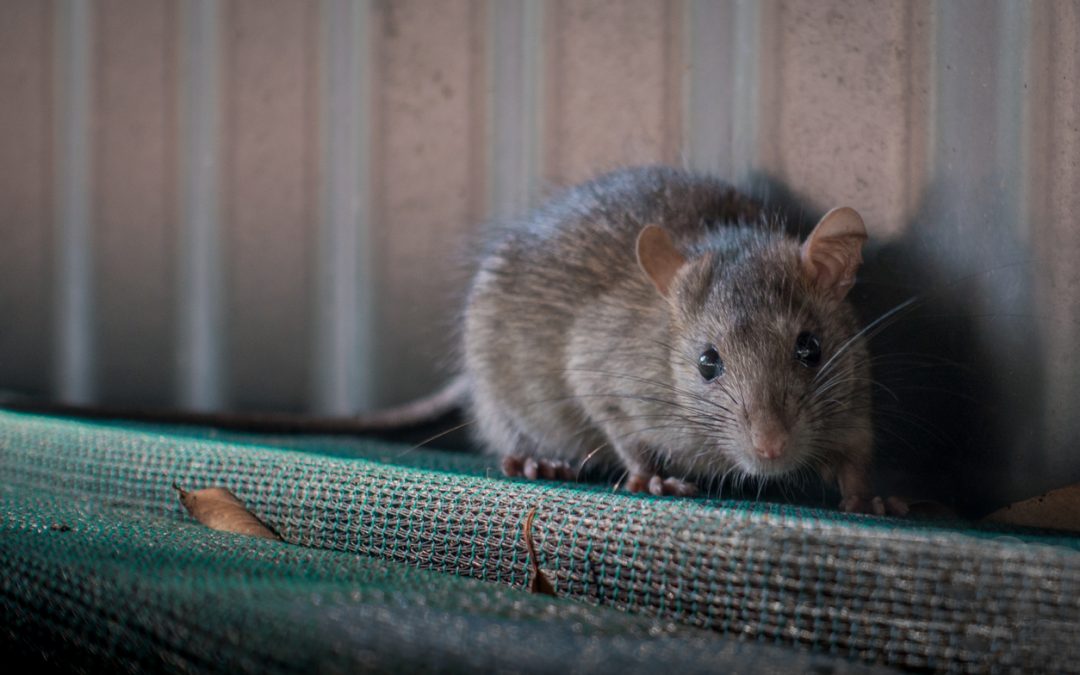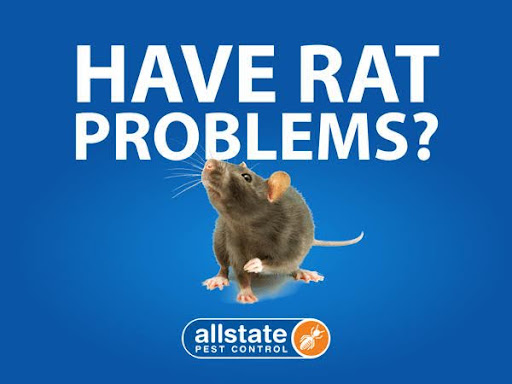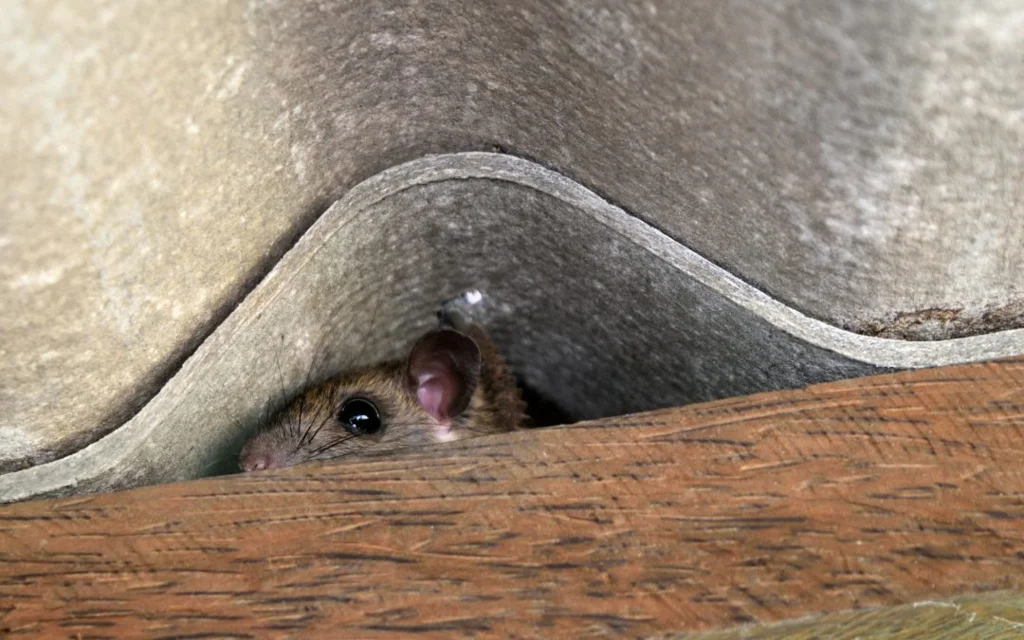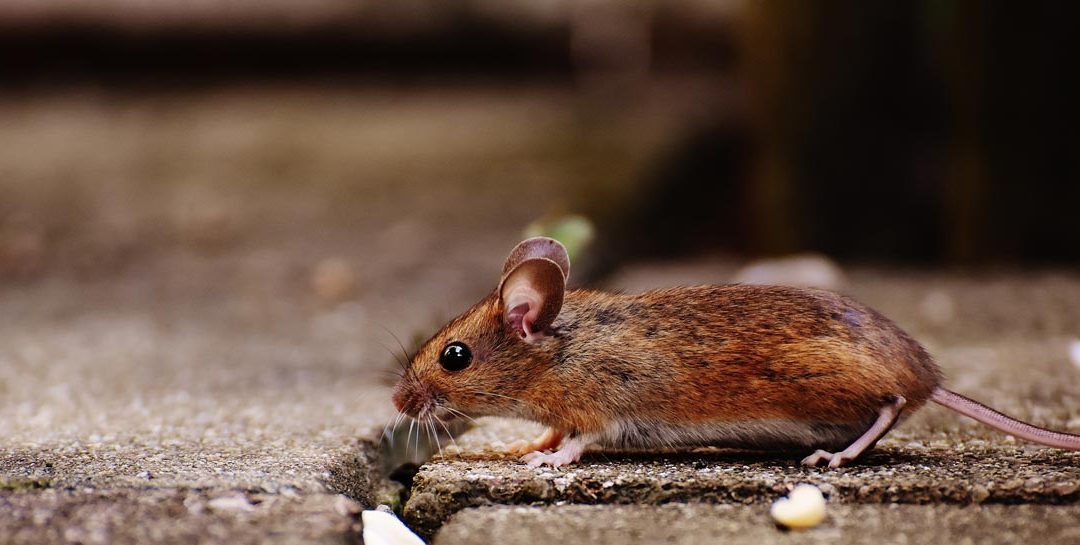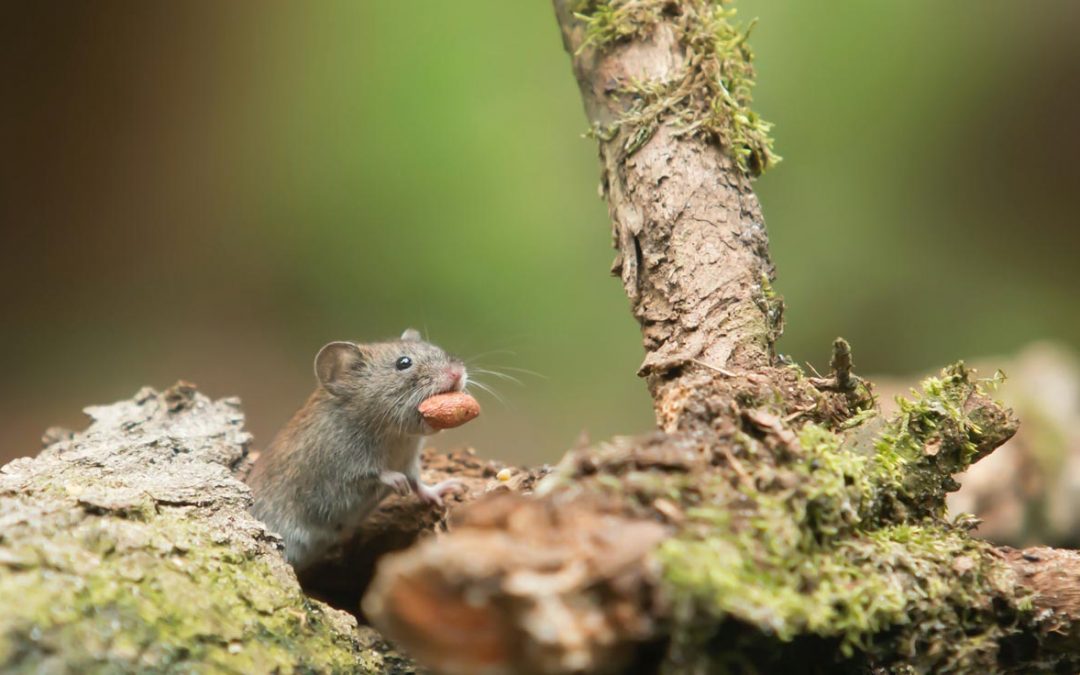
What Smells Do Rats Hate?
Thanks to a set of highly evolved sense receptors, rats possess an extraordinary ability to smell that plays a huge role in their survival. In today’s Hivemind blog, you’ll learn what smell do rats hate, and how to use their own senses against them to keep them away.
What questions will this article answer?
Why are rats sensitive to smells?
Thanks to a specialised vomeronasal organ and many olfactory receptors, rats possess an acute sense of smell, down to the parts per million. This highly developed sensitivity assists them with survival instincts such as avoiding predators, detecting food, navigating their environment and releasing communication pheromones.
What smell do rats hate the most?
To protect your home from rats, it’s easy to exploit their reliance on their incredible smell abilities.
If you’re wanting to learn what do rats hate the smell of, you don’t have to look far. You can simply use a range of household items that either have a potent aroma which interferes with their sense of smell or mimics the way that their predators smell.
To achieve the maximum effect with your DIY rat repellents, apply them to areas where rats are most active. This includes your roof space, nesting sites, burrows and heavily trafficked pathways.
Don’t let noisy rats keep you up at night, get expert advice today.
 or
or
Peppermint and eucalyptus oil
Although they are pleasantly refreshing to people, peppermint and eucalyptus oil have an intense menthol scent which can overwhelm a rat’s delicate respiratory system.
This means that you can keep rats out of your garden by planting eucalyptus trees and mint bushes or scattering fresh crushed leaves around your yard.
You can also apply peppermint and eucalyptus essential oils to cotton balls and leave them in highly trafficked areas.
Dilute a few drops of your chosen essential oil with water and keep it in a spray bottle to use as required.
Garlic
While we enjoy its pungent flavour for cooking, raw garlic is effective at repelling rats, overpowering their sense of smell and making it hard for them to navigate.
We recommend placing freshly sliced cloves of garlic around entry points to your home. For a longer lasting option, you can place the garlic in mesh or porous cheesecloth bags and hang them in active sites.
You can also use garlic infused oil mixed with water to make a potent outdoor spray, perhaps adding other smells which rats hate the most such as peppermint oil for an extra kick if you wish!
Bleach and vinegar
Normally used around the house for cleaning, bleach and vinegar can be diluted with water and sprayed around your home to keep rats away.
With strong antibacterial properties, this spray can also act as a disinfectant for areas containing rat urine and droppings, and clearing away traces of scent markers to prevent rats from returning.
Protect your home from rats, speak to an expert today
 or
or
Ammonia
With a scent that is unpleasant to both people and rats, household ammonia mimics the smell of potential predators such as cat urine. This will normally trigger the fear response in rats, discouraging them from entering your home.
Avoid using ammonia in large amounts by preparing a solution containing 2 cups mixed with 1-2 cups of water and a few spoonfuls of detergent, and leaving it in a bowl placed in areas with high rat activity.
We recommend taking extra precautions with this method if you have pets or children.
Sick of rats raiding your pantry? Get fast advice today
 or
or
Camphor/Mothballs
A popular deterrent for fabric pests such as moths and silverfish, camphor or mothballs contain naphthalene, which releases a scent that is also disliked by rats. These can be easily purchased from supermarkets and scattered around nesting sites, burrows and entrances to your home.
Chilli Powder
With a spicy kick that is known to instantly clear the sinuses of people, chilli powder irritates the respiratory tracts of rats upon inhalation.
Given its fine consistency, chilli powder can easily be sprinkled into hard-to-reach places and penetrate deep inside rat burrows and tunnels. You can also use other spices such as cayenne pepper and red pepper flakes for a similar effect.
We recommend reapplying this on a regular basis as it can disperse easily, as well as after heavy rain.
Prevent an outbreak with smells rats hate the most
While there are many possible DIY rat repellents that you can use around your home, it’s important to remember that most of them use natural ingredients which will degrade over time, so they’ll need to be reapplied frequently to maintain an effective rat barrier.
Since rats are clever creatures with the ability to adapt to their surroundings, it’s also best to change up your deterrent techniques every so often to prevent desensitisation.
We recommend exercising caution when applying strong chemicals around pets and children.
If you’re still finding that rats are continuing to be a nuisance after trying many ways to figure out what smell rats hate the most, it’s time to contact Allstate for professional advice.
Professional rat control
Whether it’s your home or business, at Allstate, our pest control technicians have a deep understanding of rat behaviour and the tools to get to the bottom of all your rat concerns once and for all.
We’ll conduct a thorough inspection of your property, both inside and outside, to identity all active sites, paying close attention to primary and secondary entry points and nesting areas.
After removing the nests and all nesting material, then proofing off the entry points, we will:
- Install tamper-proof chemical bait stations containing targeted rodenticide at entrance sites to your building, or
- Set out physical rat traps at popular activity sites
For safe and reliable rat prevention, choose Allstate
For many of us, the mere thought of a rat outbreak is enough to make you want to protect your home at all costs from their noisy, disruptive and filthy foraging habits.
At Allstate, we’ve been keeping homes and businesses in all suburbs of Adelaide rat- and pest-free since 1986. Available 24/7 for urgent enquiries, our knowledgeable, highly-trained pest technicians have all the right equipment and modern solutions to combat pest outbreaks in residential, commercial and industrial settings.
With payment plans and competitive warranties included for all our services, we’re committed to providing fast, tailored and effective treatments and keep you and your family safe from rats today.

